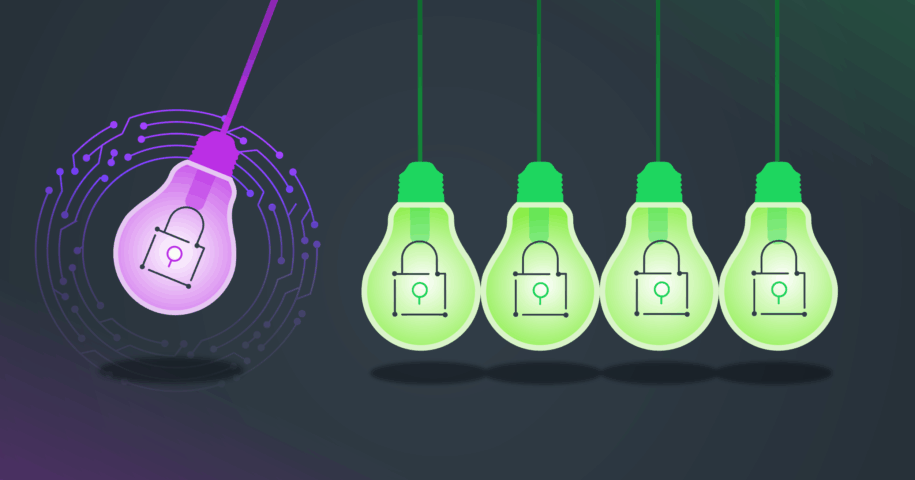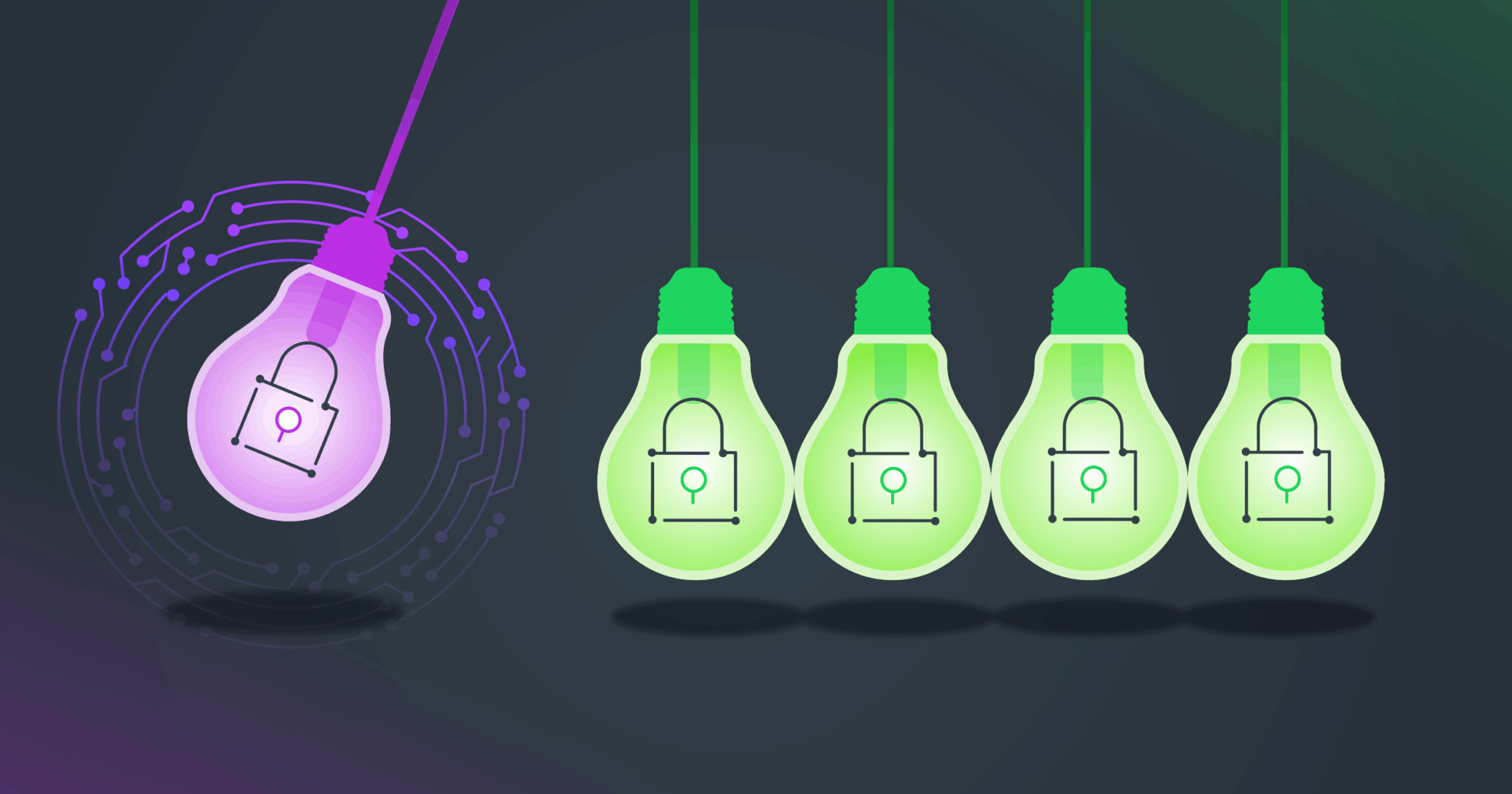In the push for increased development velocity and faster time to market, security often takes a back seat. Security must be woven into every phase of the software delivery lifecycle. As development teams strive to innovate faster, they also face a growing number of threats, from emerging vulnerabilities in dependencies to risky code practices. By embracing a comprehensive security strategy, teams can not only protect their code but also build trust with users and stakeholders. Below are five development security best practices that offer clear, actionable guidance for building and maintaining secure software throughout the SDLC (Software Development Life Cycle).
1. Foster a Security-First Development Culture
Development security starts with people. When developers and stakeholders take ownership of secure coding practices, the result is fewer vulnerabilities, faster remediation, and a stronger overall security posture. Teams can nurture this culture by:
- Regular Training & Awareness
- Designate team members who act as go-to security experts
- Encourage an environment where vulnerabilities and security concerns can be openly discussed without finger-pointing
2. Secure Early in the Software Development Life Cycle
Too often, security is treated as an afterthought, addressing issues only when the code reaches production. Shifting security left means incorporating it during the design and development phases, reducing both remediation costs and potential exposure. Key strategies include:
- Static Application Security Testing (SAST): Tools such as GitHub CodeQL, Semgrep, or SonarQube can scan code for known vulnerabilities and security flaws during the build phase.
- Dynamic Application Security Testing (DAST): Complement SAST with DAST in staging environments to detect runtime vulnerabilities and misconfigurations. Automated test suites can simulate potential attacks to validate security controls.
Integrating security early in the Software Development Life Cycle (SDLC) helps teams catch issues sooner, reduce remediation costs, and foster collaborative responsibility among developers.
3. Adopt Secure Coding Practices and Peer Reviews
Your code’s quality is the first line of defense against attackers. Adopting secure coding standards can dramatically reduce vulnerabilities, while rigorous peer reviews help keep the code clean and compliant. Consider the following practices:
- Follow recognized guidelines, such as those from OWASP or CERT, to help developers avoid common pitfalls like SQL injection, buffer overflows, and cross-site scripting.
- Utilize tools that check for security issues as you write code. This not only accelerates the review process but also educates developers by illustrating best practices in real time.
- Beyond code functionality, peer reviews should intentionally analyze security implications. Develop checklists that include secure error handling, proper data sanitization, and strict access control.
4. Manage Dependencies and Third-Party Components Proactively
Modern development rarely happens in isolation—relying heavily on open-source libraries and third-party components is common. However, this increases your attack surface dramatically. It’s therefore vital to ensure that these dependencies remain secure by:
- Consistently review and update third-party libraries. Use package managers and Software Composition Analysis (SCA) tools such as Revenera Code Insight, Snyk, or OWASP Dependency-Check to monitor and remediate vulnerabilities in third-party components.
- Set up automated alerts that notify the team when a dependency is found to have a newly discovered vulnerability. This allows for immediate remediation before exploitation occurs.
- Leverage libraries from vendors or open-source projects that maintain clear and transparent security policies. Assess the project’s track record for timely updates and community support.
- Establish processes to ensure that any third-party component complies with both security standards and organizational policies.
Proactively managing dependencies helps mitigate risks introduced by outdated or compromised software components and builds a more resilient software supply chain.
5. Establish a Strong Vulnerability Reporting and Incident Response Framework
Even with strong security practices in place, vulnerabilities can still slip through. That’s why having an efficient reporting and incident response process is essential to minimize damage and restore secure operations quickly. Start by establishing clear, confidential channels for vulnerability reporting, both internally and externally. For example, add a SECURITY.md file to your GitHub repository that outlines how to report vulnerabilities, including contact details and response expectations.
In parallel, maintain a detailed incident response plan that outlines team roles, responsibilities, and communication strategies. Regular simulation of potential incidents helps ensure your team is prepared when real issues arise. Once an incident is resolved, a post-mortem analysis is vital to identify what went wrong and how to improve your processes. Sharing these learnings transparently strengthens team awareness and resilience.
To support all of this, use security logging and monitoring tools such as ELK Stack, Datadog, or Splunk to detect anomalies early and trigger alerts. A well-structured reporting and response framework not only speeds up resolution but also creates a valuable feedback loop that continually strengthens your security posture.
Final Thoughts
By fostering a security-first culture, integrating security into the development life cycle, maintaining secure coding standards, managing dependencies diligently, and establishing healthy incident response protocols, development teams can significantly reduce risk and ensure resilient, trustworthy software.
Adopting these development security best practices can help safeguard your software, streamline secure development workflows, and raise your team’s security maturity level. Embrace these strategies, and make security a pillar of your development process.
Frequently Asked Questions
What are the most important development security best practices?
The most important practices include fostering a security-first culture, integrating security early in the Software Development Life Cycle (SDLC), following secure coding standards, proactively managing third-party components, and having a strong vulnerability reporting and incident response process.
Why is it important to shift security left in the SDLC?
Shifting security left means addressing security issues early in the development process. This reduces the cost and effort of remediation and helps catch vulnerabilities before they reach production.
How can teams encourage a security-first development culture?
Teams can promote a security-first mindset by providing regular training, designating security champions, and encouraging open communication about vulnerabilities without blame.
What tools help detect security issues in code?
Static Application Security Testing (SAST) tools like GitHub CodeQL, Semgrep, and SonarQube help identify vulnerabilities in source code. Dynamic Application Security Testing (DAST) tools validate runtime behavior in staging environments.
How should development teams manage third-party dependencies securely?
Use Software Composition Analysis (SCA) tools such as Revenera Code Insight to scan for known vulnerabilities in open-source libraries. Stay updated on advisories and ensure compliance with internal security policies.
What should be included in an incident response plan for software development?
An effective incident response plan should define team roles, response procedures, communication workflows, and include regular simulations. It should also include a post-incident review to improve future response efforts.




